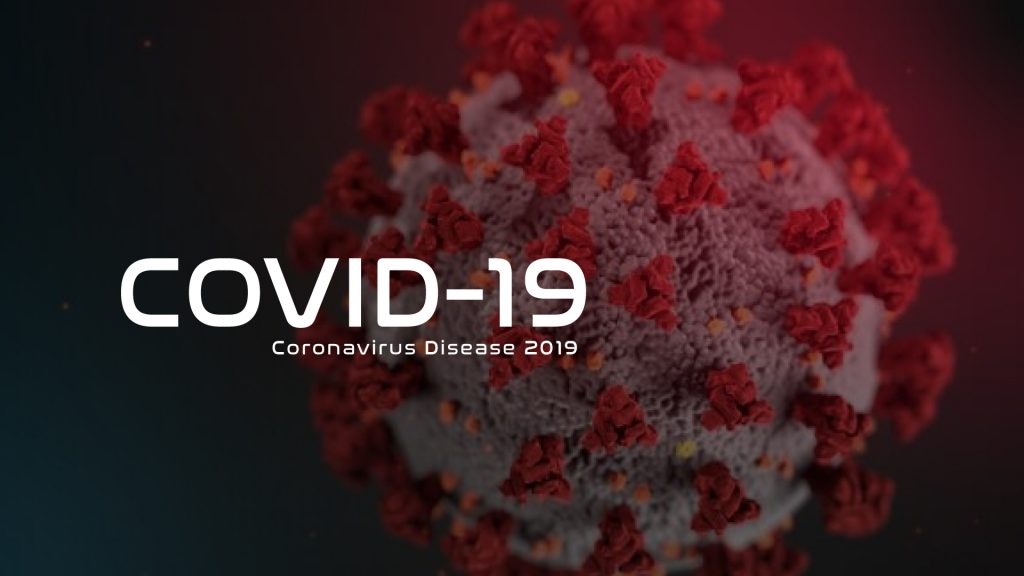Abstract
Severe COVID-19 is characterized by persistent lung inflammation, inflammatory cytokine production, viral RNA, and sustained interferon (IFN) response all of which are recapitulated and required for pathology in the SARS-CoV-2 infected MISTRG6-hACE2 humanized mouse model of COVID-19 with a human immune system1–20. Blocking either viral replication with Remdesivir21–23 or the downstream IFN stimulated cascade with anti-IFNAR2 in vivo in the chronic stages of disease attenuated the overactive immune-inflammatory response, especially inflammatory macrophages. Here, we show SARS-CoV-2 infection and replication in lung-resident human macrophages is a critical driver of disease. In response to infection mediated by CD16 and ACE2 receptors, human macrophages activate inflammasomes, release IL-1 and IL-18 and undergo pyroptosis thereby contributing to the hyperinflammatory state of the lungs. Inflammasome activation and its accompanying inflammatory response is necessary for lung inflammation, as inhibition of the NLRP3 inflammasome pathway reverses chronic lung pathology. Remarkably, this same blockade of inflammasome activation leads to the release of infectious virus by the infected macrophages. Thus, inflammasomes oppose host infection by SARS-CoV-2 by production of inflammatory cytokines and suicide by pyroptosis to prevent a productive viral cycle.
Author information
Affiliations
- Department of Immunobiology, Yale University School of Medicine, New Haven, CT, USAEsen Sefik, Rihao Qu, Eleanna Kaffe, Haris Mirza, Jun Zhao, J. Richard Brewer, Ailin Han, Holly R. Steach, Benjamin Israelow, Holly N. Blackburn, Sofia Velazquez, Y. Grace Chen, Akiko Iwasaki, Eric Meffre, Craig B. Wilen & Richard A. Flavell
- Department of Pathology, Yale University School of Medicine, New Haven, CT, USARihao Qu, Haris Mirza, Jun Zhao, Stephanie Halene & Yuval Kluger
- Program in Cellular and Molecular Medicine, Boston Children’s Hospital, Boston, MA, USACaroline Junqueira & Judy Lieberman
- Department of Pediatrics, Harvard Medical School, Boston, MA, USACaroline Junqueira & Judy Lieberman
- Instituto René Rachou, Fundação Oswaldo Cruz, Belo Horizonte, Minas Gerais, BrazilCaroline Junqueira
- Department of Surgery, Yale University School of Medicine, New Haven, USAHolly N. Blackburn
- Section of Hematology, Yale Cancer Center and Department of Internal Medicine, Yale University School of Medicine, New Haven, CT, USAStephanie Halene
- Howard Hughes Medical Institute, Yale University School of Medicine, New Haven, CT, USAAkiko Iwasaki, Michel Nussenzweig & Richard A. Flavell
- Laboratory of Molecular Immunology, The Rockefeller University, New York, NY, USAMichel Nussenzweig
- Department of Laboratory Medicine, Yale University School of Medicine, New Haven, CT, USACraig B. Wilen
Corresponding author
Correspondence to Richard A. Flavell.
Supplementary information
Supplementary Information
This file contains a Supplementary Discussion, a guide for Supplementary Tables 1-5 (tables supplied separately) and Supplementary References.
Reporting Summary
Supplementary Table 1
Human genes that are differentially regulated in lungs of infected MISTRG6-hACE2 in response to therapeutics. Genes that are upregulated in response to infection and downregulated in response to therapeutics (dexamethasone, anti-IFNAR+ Remdesivir) in these infected mice at 14dpi were included in the analysis (matched to Fig 1d). Normalized expression of duplicates. N=2 biologically independent mice examined over 2 -independent experiments. Differential expression analysis was performed with DESeq2 and statistical significance was deemed using Wald test.
Supplementary Table 2
Cluster identifying markers and markers that identify temporal transcriptional changes associated with monocytes and macrophages in infected (4, 14 or 28dpi) or uninfected lungs of MISTRG6-hACE2 mice (matched to Fig 1g). N=2 biologically independent mice for each condition were pooled. Marker genes for each cluster of cells were identified using the Wilcoxon test with Seurat. For the adjusted P-values the Bonferroni correction was used.
Supplementary Table 3
Expression of human genes that are enriched in macrophages (clusters identified as part of Fig. 1g) during SARS-Cov-2 infection and their response to anti-IFNAR2 and Remdesivir therapy (matched to Fig. 1h). Normalized expression of duplicates analyzed. N=2 biologically independent mice examined over 2 independent experiments. Differential expression analysis was performed with DESeq2 and statistical significance was deemed using Wald test.
Supplementary Table 4
Pearson and spearman correlation values calculated for each gene for its correlation with CXCL10, TNF or TLR7 in human monocytes and macrophages at 4dpi (based on Fig. 1g, matched to Fig. 3d) For Pearson’s test, significance was based on the t-test with statistic based on Pearson’s product-moment correlation coefficient cor(x, y) and following a t distribution with length(x)-2 degrees of freedom. For Spearman’s test, p-values are computed using algorithm AS 89 with exact = TRUE. Correlation values, p-values (two-tailed) and FDR-adjusted p-value are presented.
Supplementary Table 5
Patient specimens used for immunofluorescent (IF) staining. Details of patient demographics for specimens use in IF staining: Age, gender, medication, time of death post-symptom onset (dps), co-morbidities, cause of death and histopathological findings. This table is presented as part of the Supplementary Methods.







